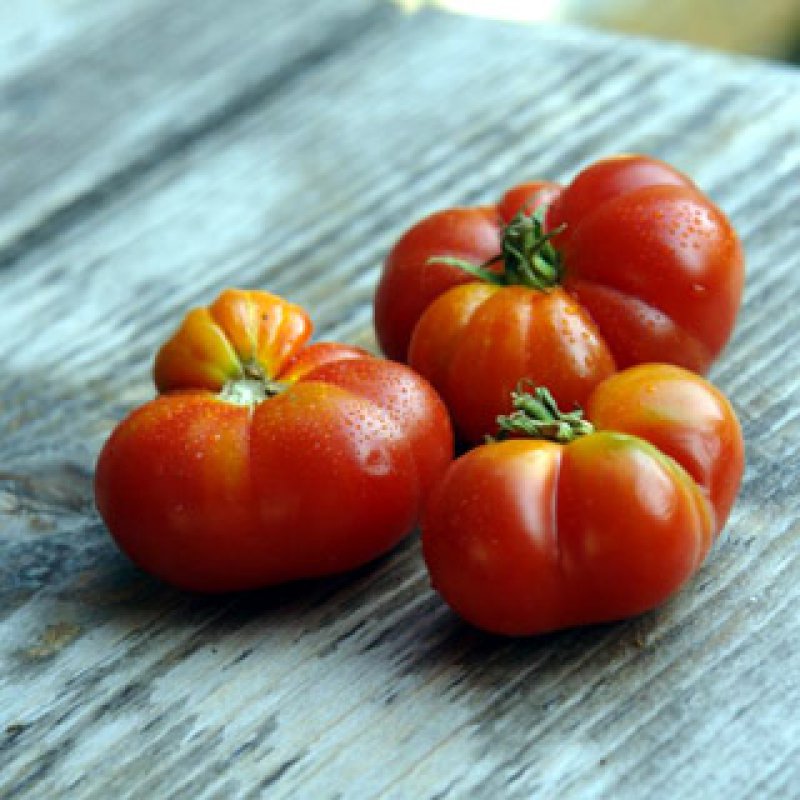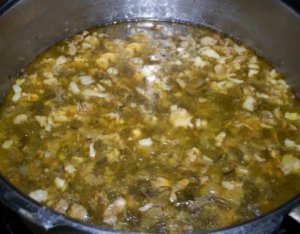My paternal grandmother, born around 1875, had probably heard stories from her elders about the much-admired, rare plant that produced "golden apples" chryssomila, as tomatoes were called then, translating from the Italian 'pomodori'. People find the fact that tomatoes only became part of the Greek everyday table in the late 19th century unbelievable. They wonder how our ancestors cooked the summer “ladera”, the ubiquitous vegetable and olive oil stews, without tomato. In these dishes the fruity and strong Greek olive oil is perfectly balanced by the slightly acidic taste of tomato, in a marriage of flavours that we now take for granted. The late adoption of the tomato also explains why some Greek cooks often over-use them, drowning foods with a thick, oily red sauce that covers the flavours of all other ingredients.
A brief history
The tomato plant was introduced to mainland
According to another version of the story, it was the French family, with connections to Marseille, that brought the seeds of the tomato, and gave some to the Capuchin monks. These were difficult years.
The first Greek language cookbook, a translation from an Italian one, was published in 1827, not in
But of course, a rare few - if any - Greek women were able to read this cook book, so most were trying to figure out what to do with the new fruit. Some, thought it similar to the eggplant and even called it Frankish eggplant for a while. In a kitchen ledger probably written in the early 1890s by a lady from the Ionian island of
Flavoursome tomatoes, cultivated naturally, under the Mediterranean sun, now reach the Greek markets in mid June. Throughout the summer, up until October in most parts of the country, “ypethries” (open air) tomatoes are wonderfully meaty, juicy and aromatic. At the “laiki”, the farmer’s markets of
Buy tomatoes when they are at their best and cheapest, and never refrigerate them. Keep them in a basket, stem side up, adding new ones if your basket begins to empty. Even inferior tomatoes ripen and become flavourful this way. Use the firm ones for salads, and the softer or blemished ones for sauces and stews.
In many Greek recipes tomato pulp is specified in the list of ingredients. Although you can use good quality, tinned diced tomatoes, I suggest that you freeze fresh, grated tomatoes in the summer. When tomatoes are cheap and flavourful, divide their pulp in cup-size packets, to have at hand throughout the year. Winter greenhouse tomatoes are no substitute for the summer ones, and the wonderfully simple vegetable, chicken or meat stews are infinitely better with the fresh or frozen pulp of summer tomatoes.



































































